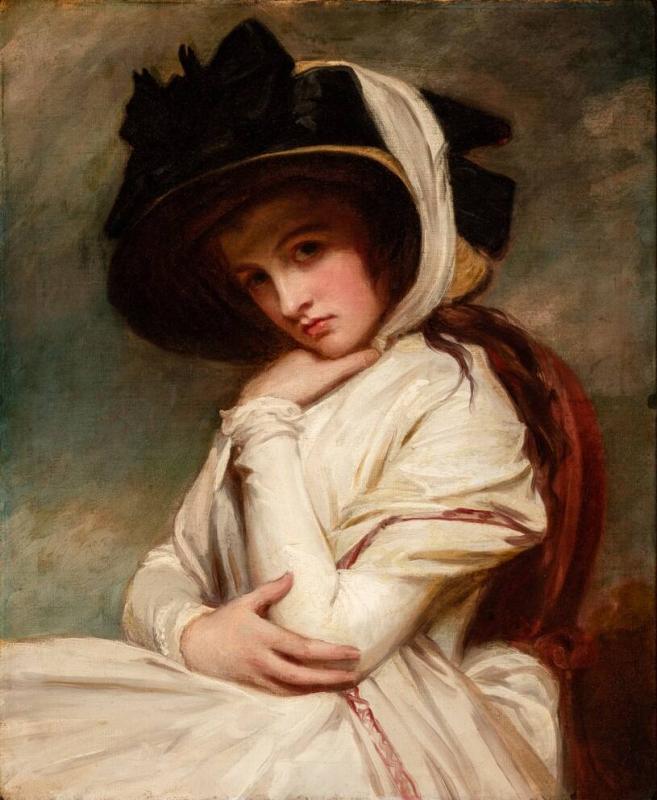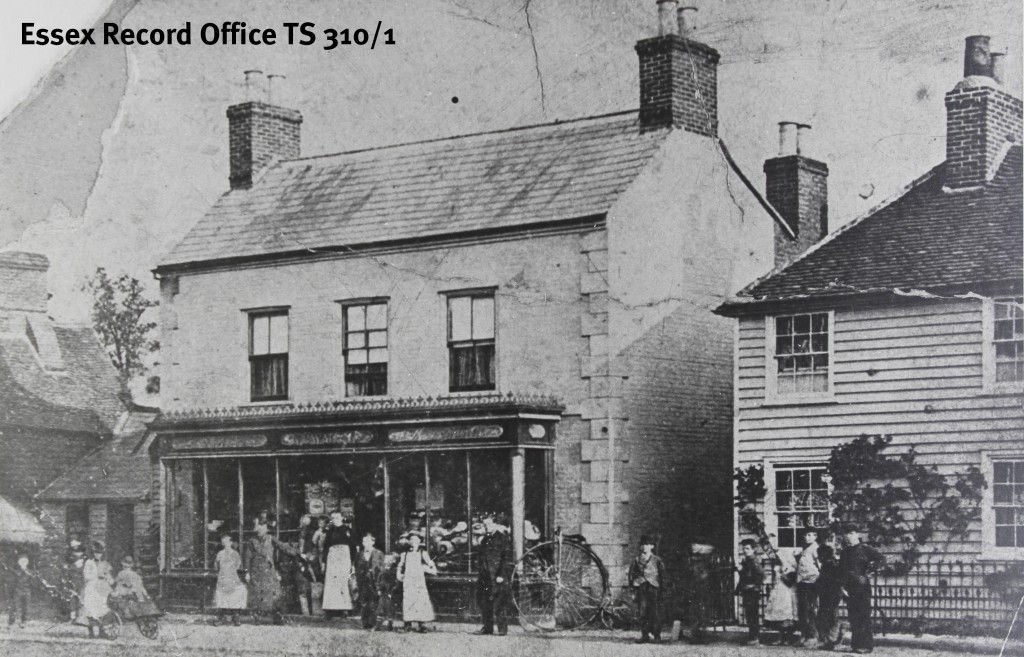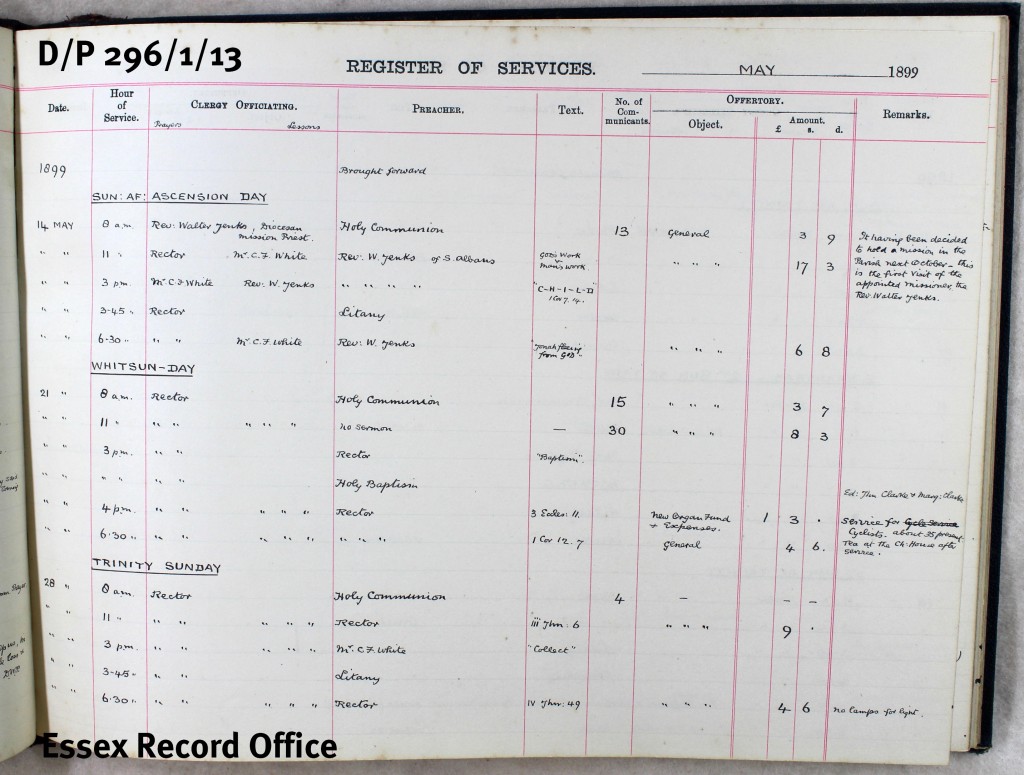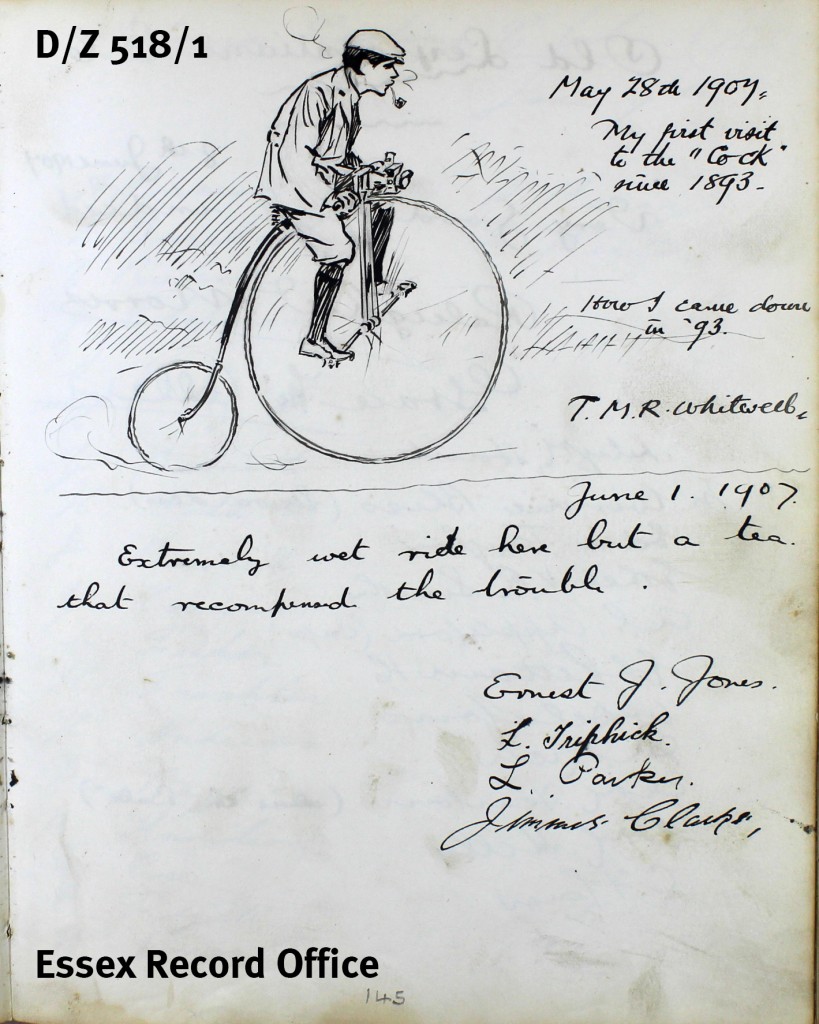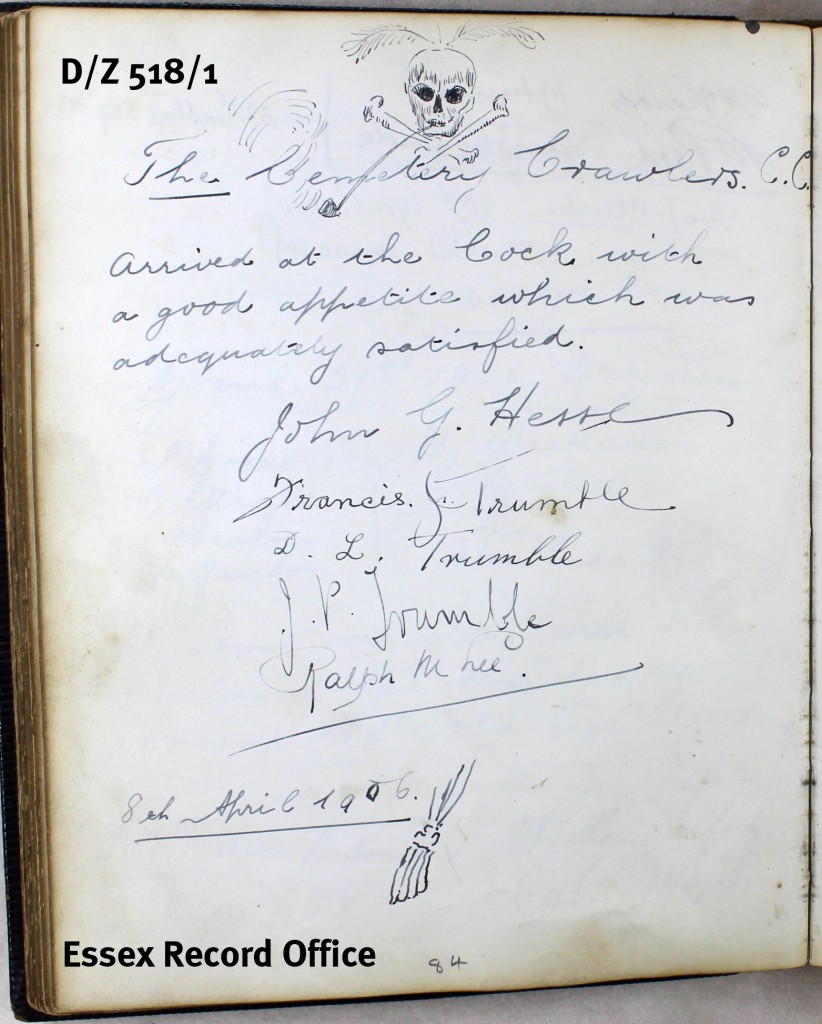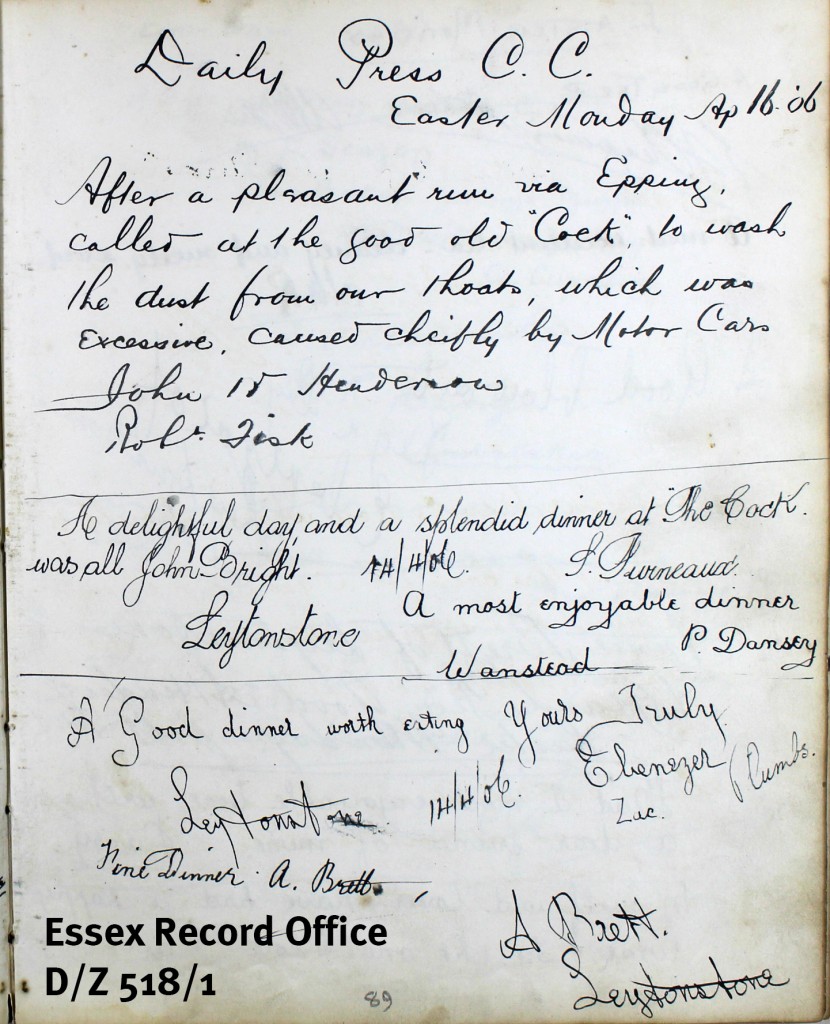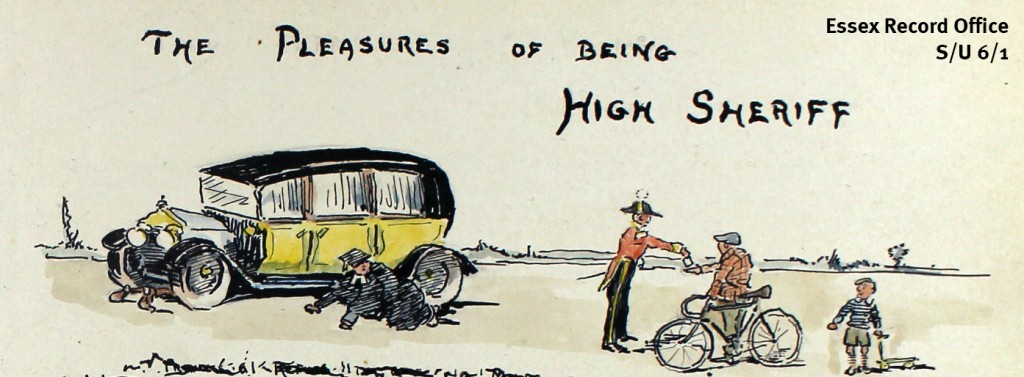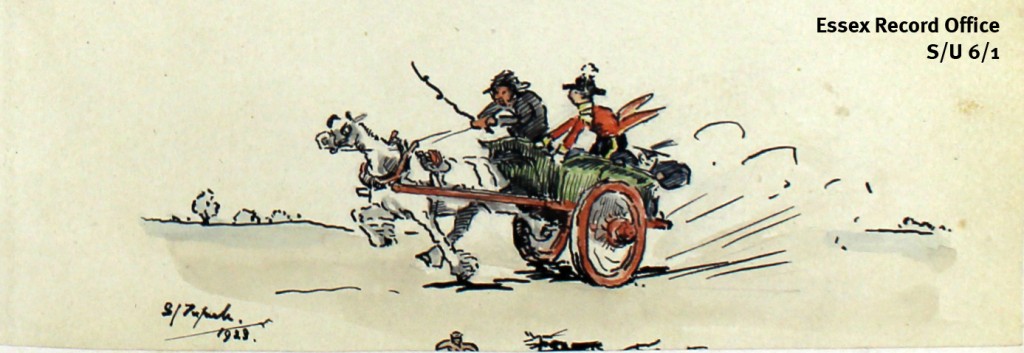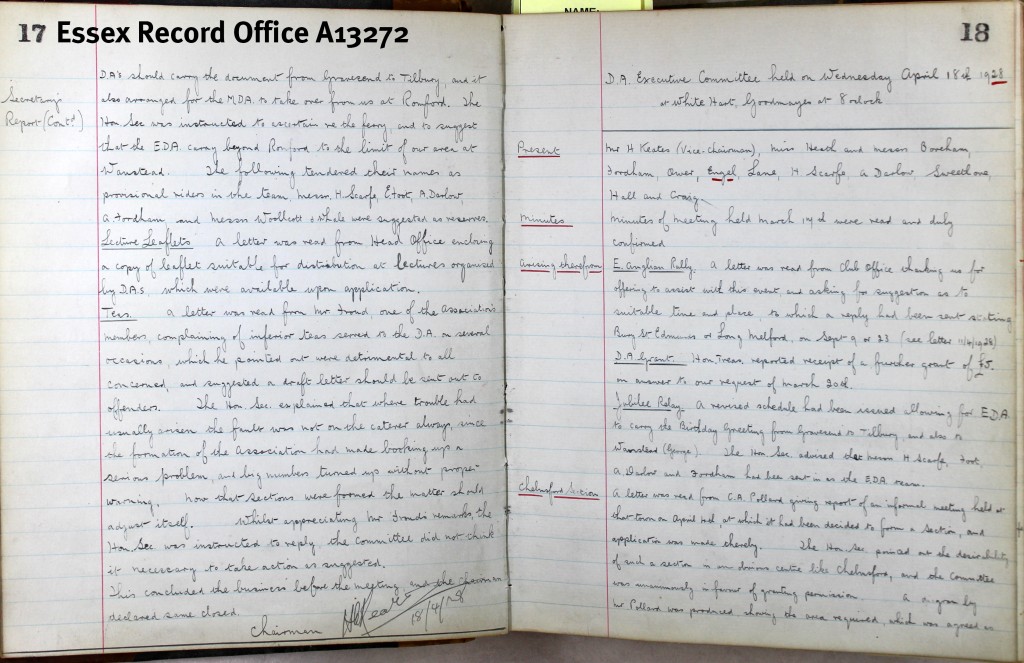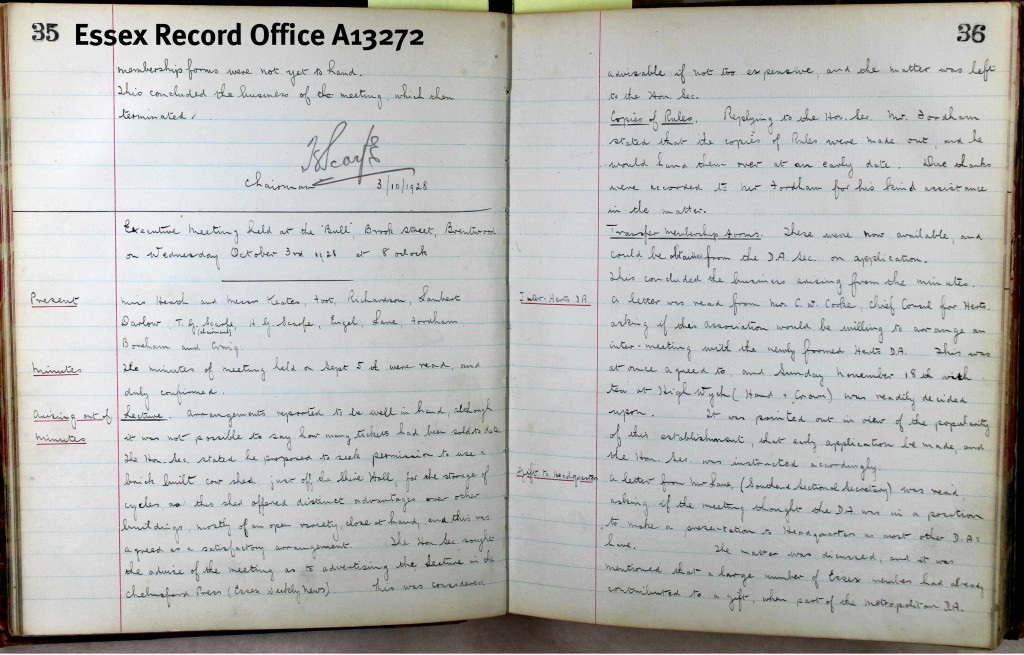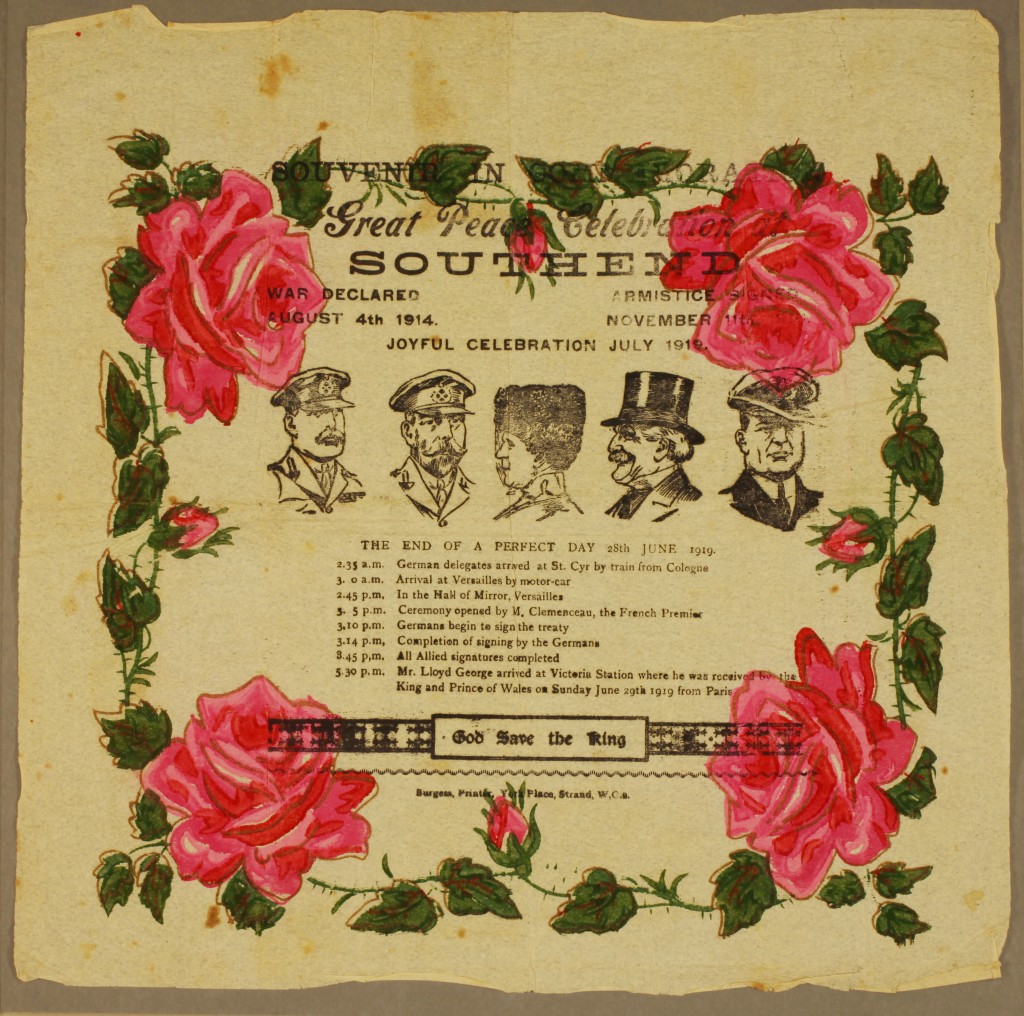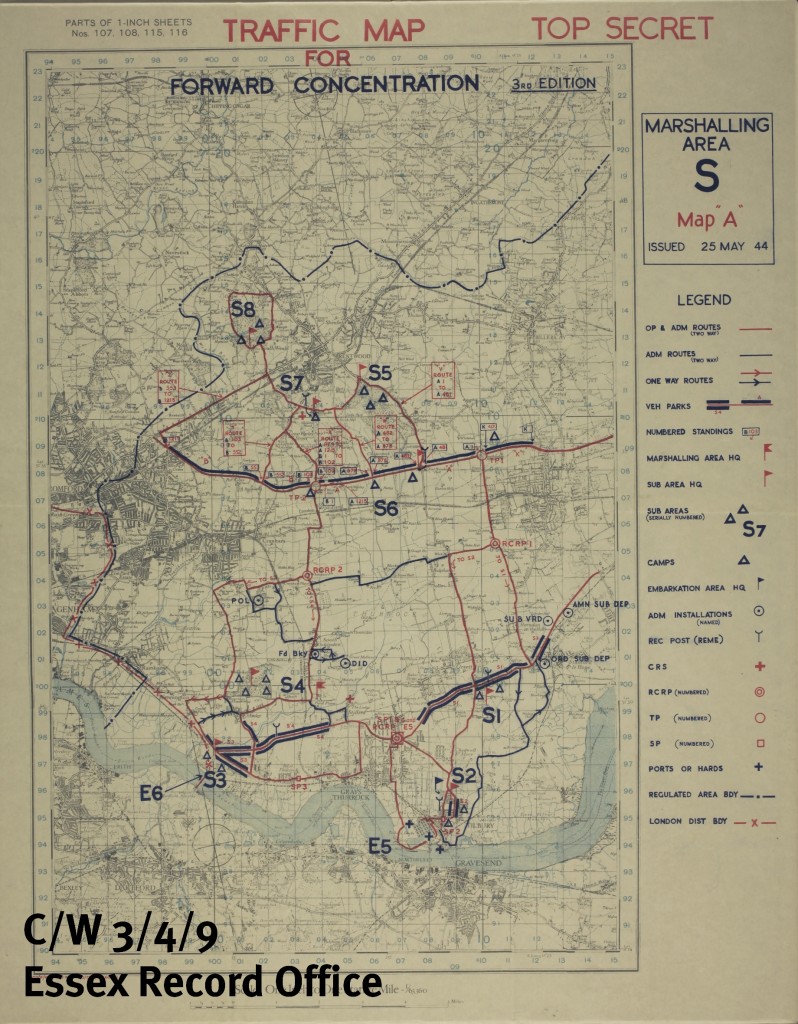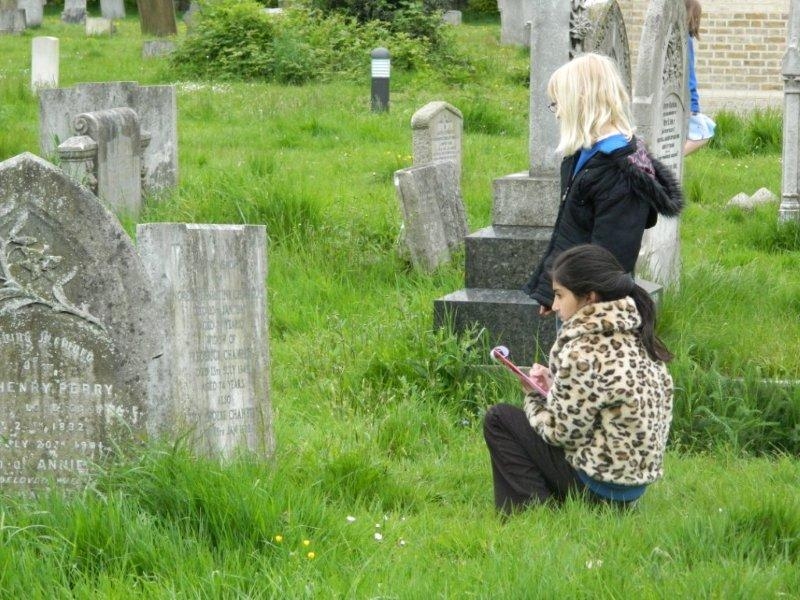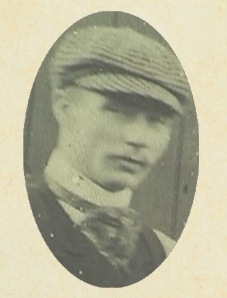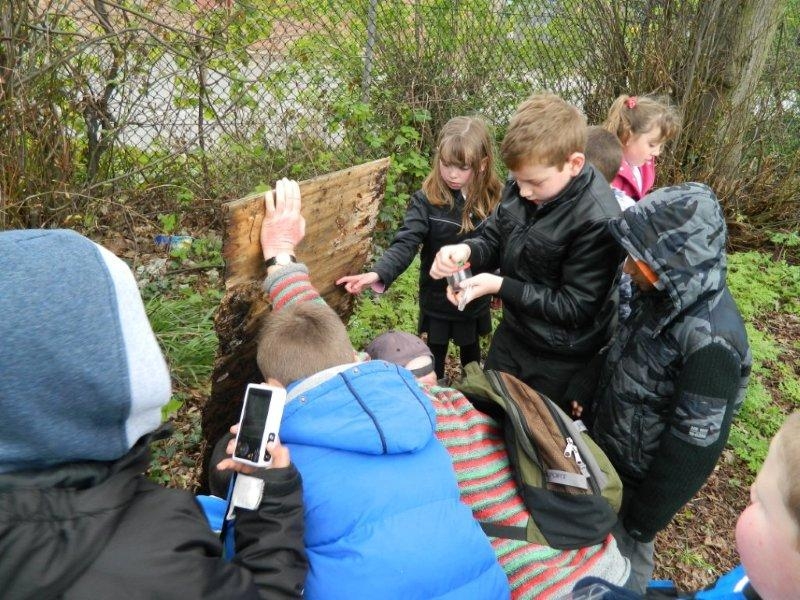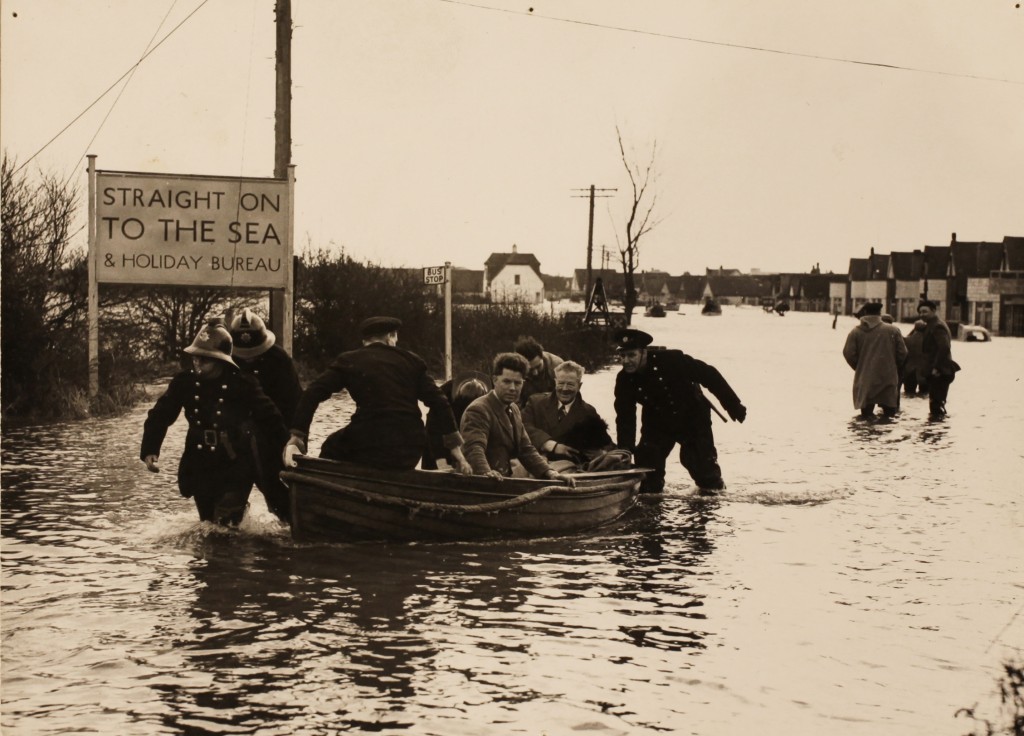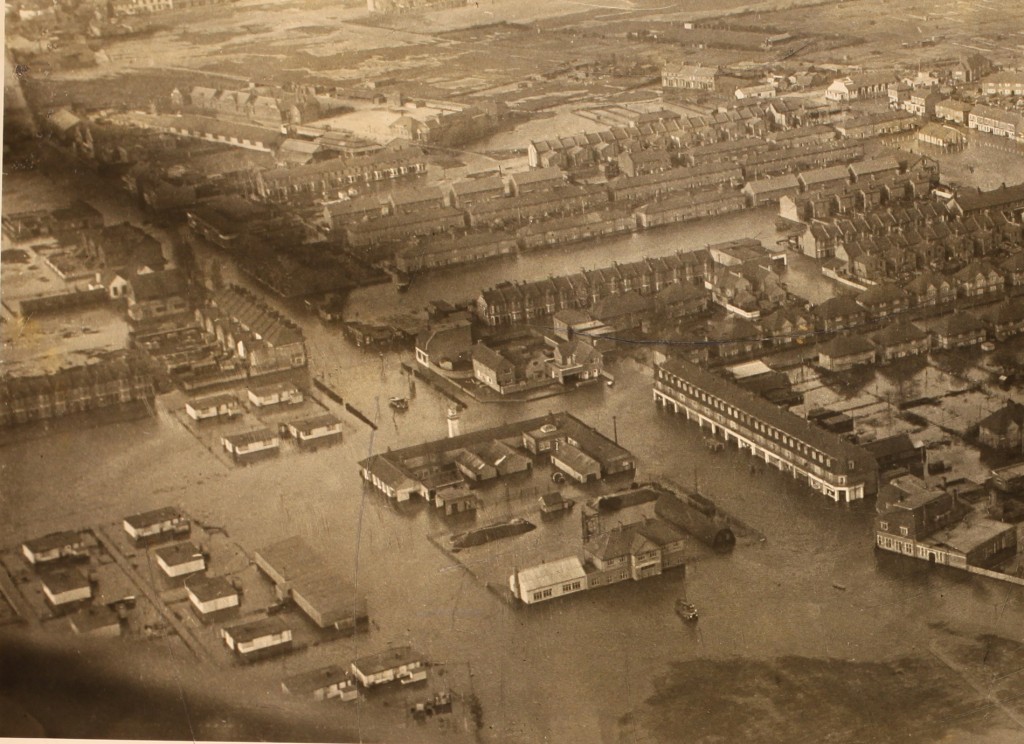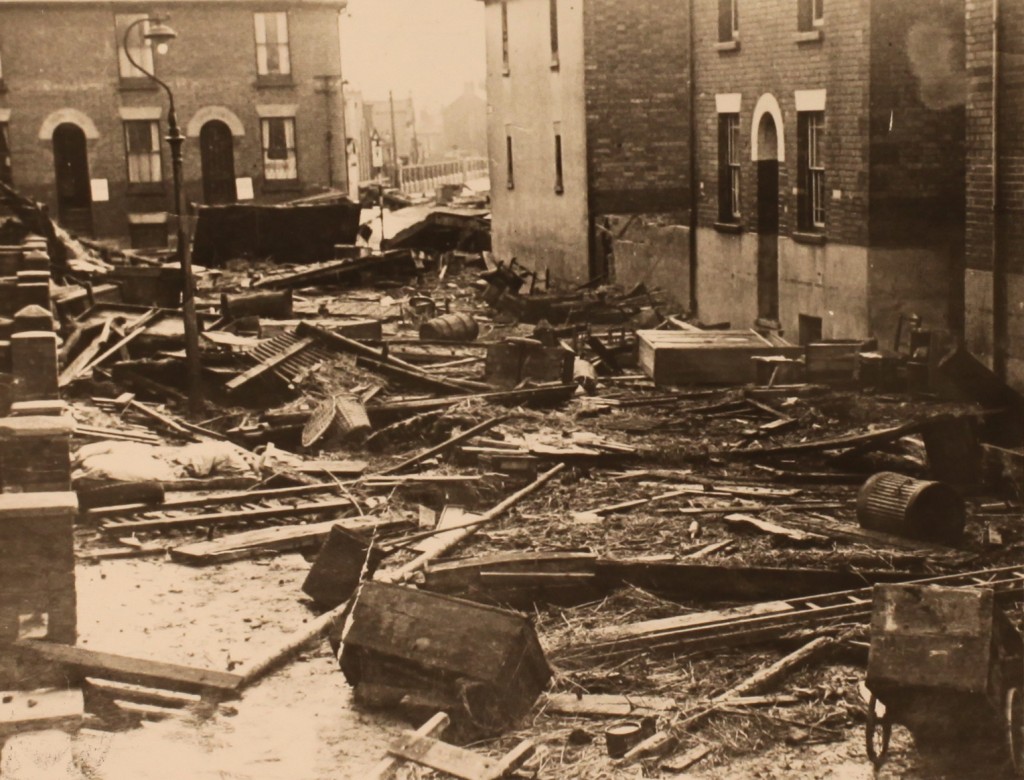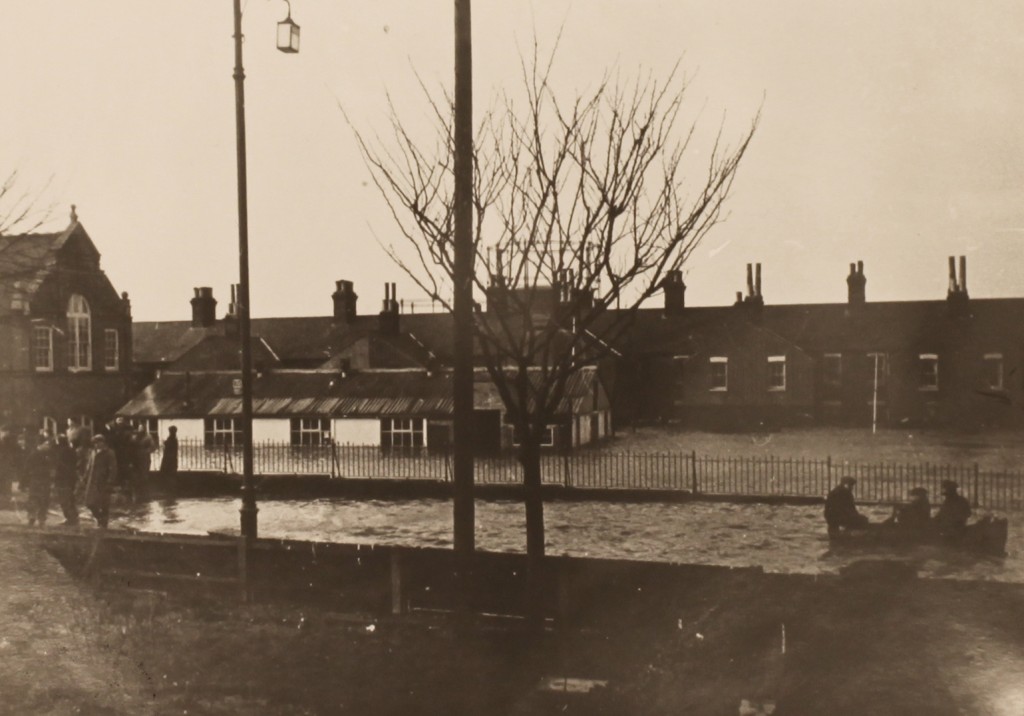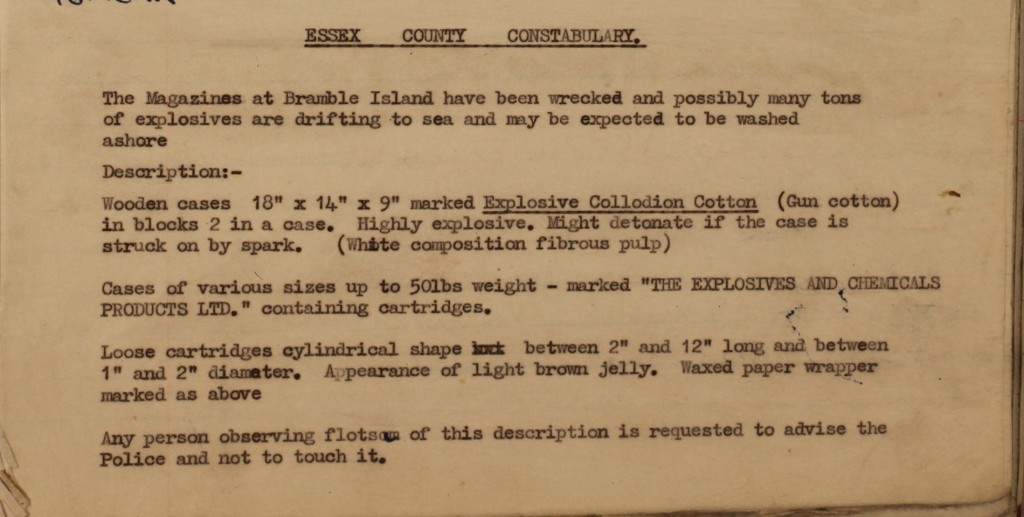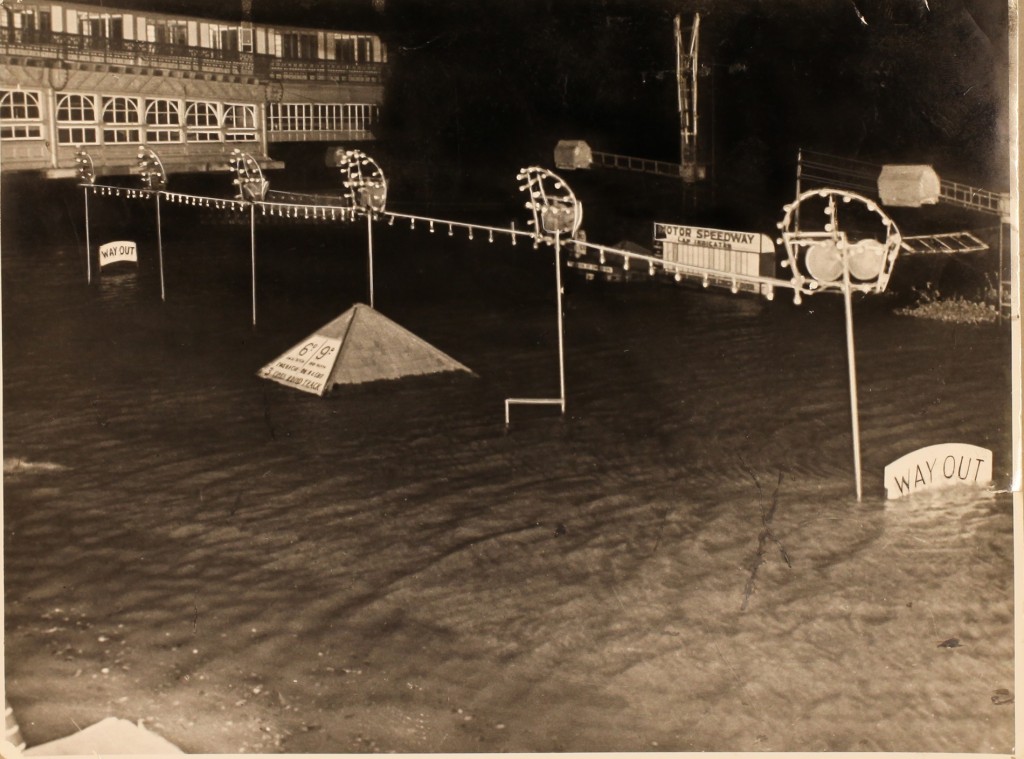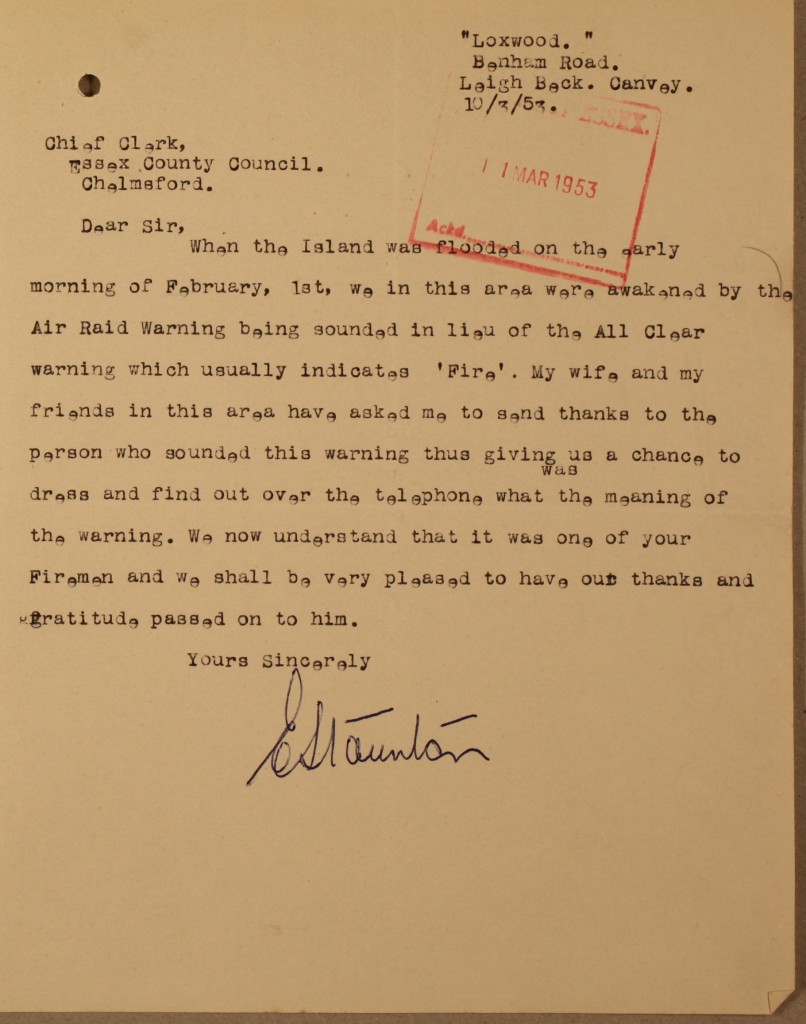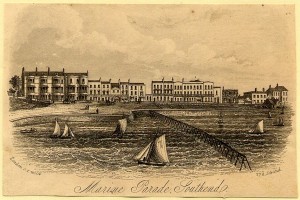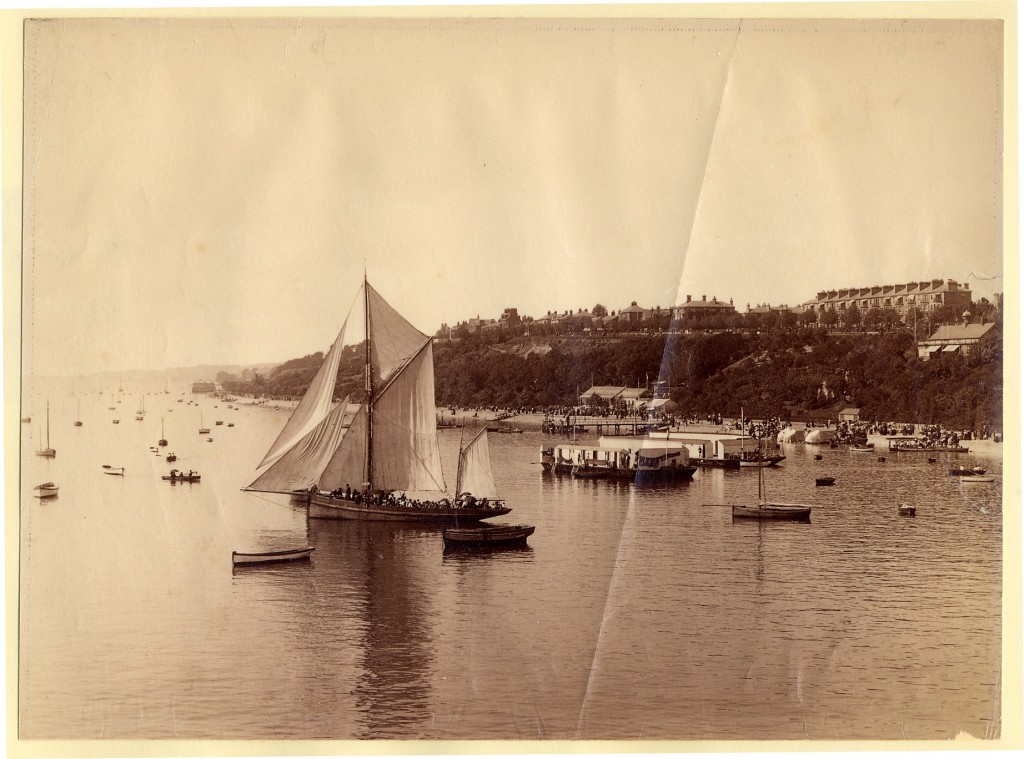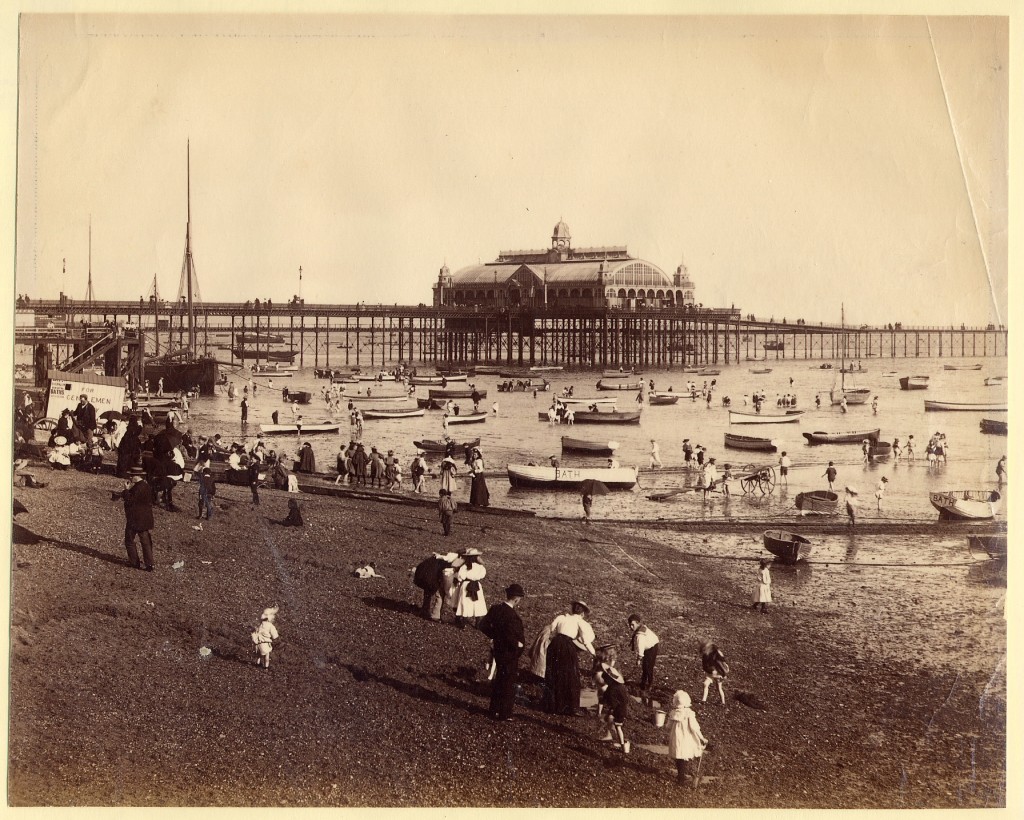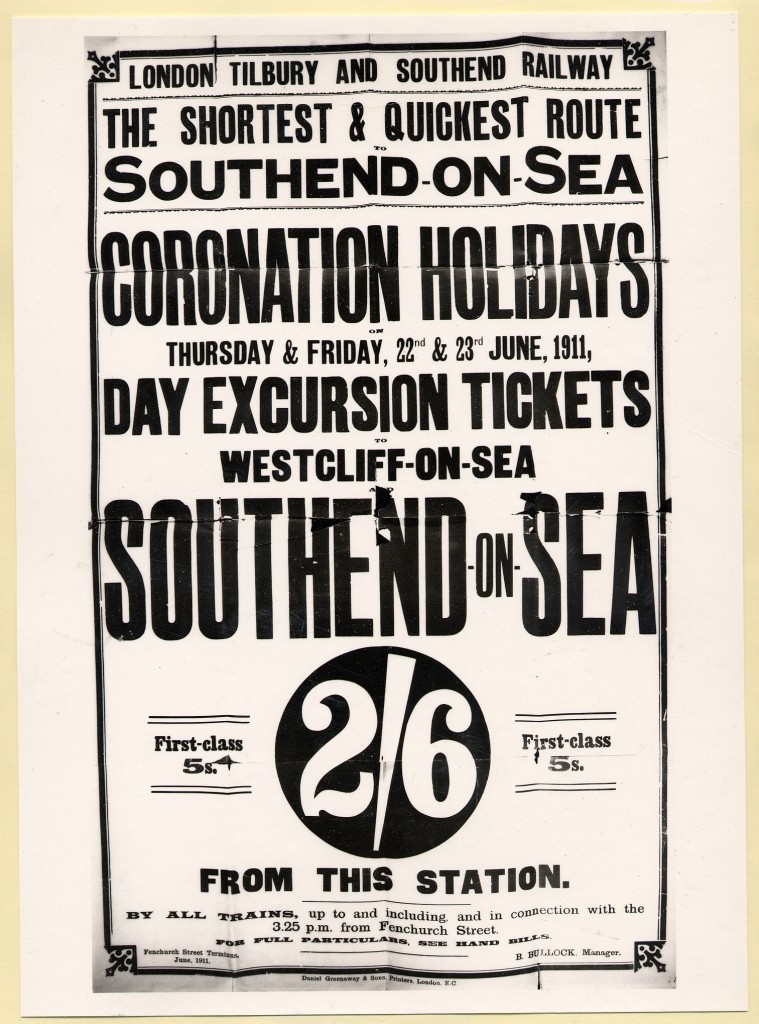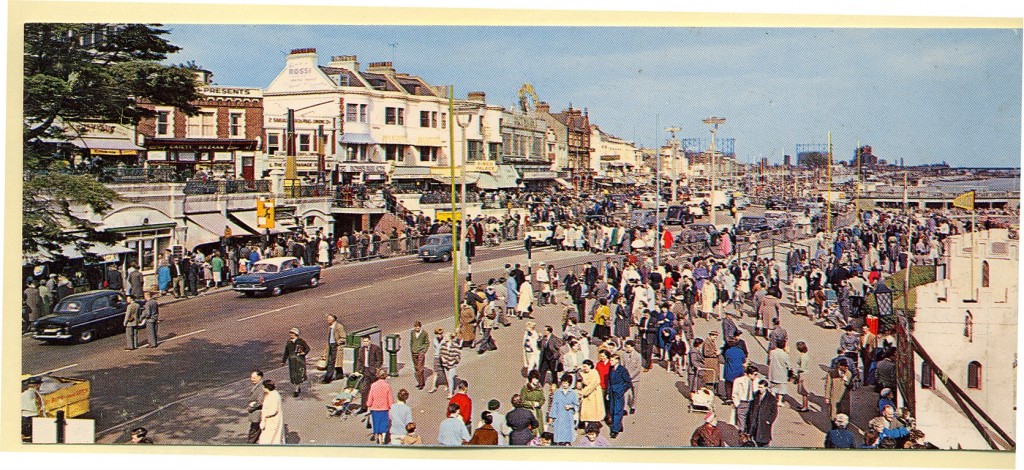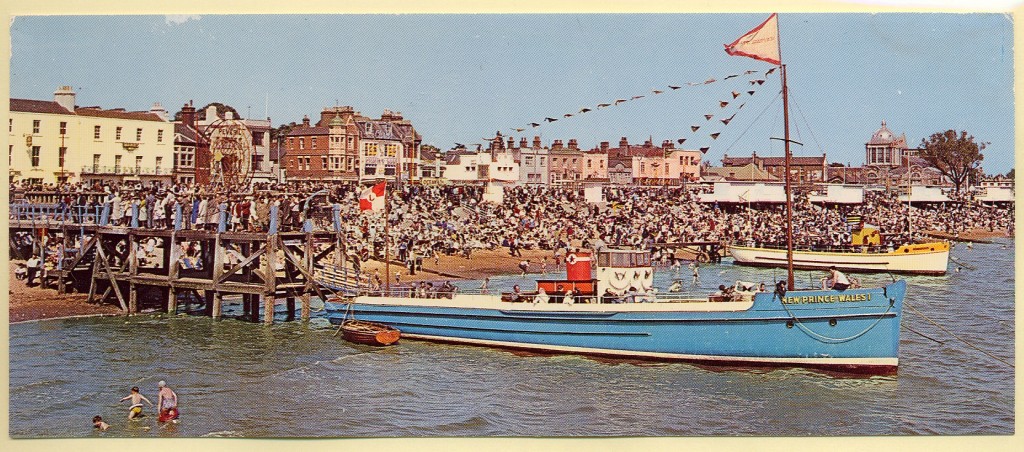Lawrence Barker, Archivist
This month’s document is a typical parish register (ref. D/P 183/1/37) from St Mary’s Church, Prittlewell, the mother church of Southend. As well as marriages and burials, it covers baptisms from 1727-1807 and might record the baptism in secret of two illegitimate children of Lord Nelson and Lady Hamilton in 1803.
I was reminded of the local story about Emma Hamilton’s supposed secret confinement somewhere in Southend, which I had read about in Karen Bowman’s book Essex Girls,[1] when I collected some records and memorabilia of Eton House School last month. The school used to occupy the house called Southchurch Lawn on the road from Thorpe Bay to Great Wakering, which is where it is claimed Emma’s confinement took place. Apparently, a ship’s surgeon called Seacole was in attendance, and he was persuaded to act as the father at the christening. Also in attendance, it was said, was a gentleman ‘with an eye patch and an empty sleeve to his jacket’.

Extract from the Prittlewell baptism register, including entries (at the bottom) for Edwin Horatio Hamilton Seacole and Elizabeth Caroline Lind Seacole, September 18th 1803 (D/P 183/1/37)
Looking at the register to verify the entry myself, I found a baptism that took place on 18th September 1803 for two children, a boy christened Edwin Horatio Hamilton Seacole followed by a girl christened Elizabeth Caroline Lind Seacole, the son and daughter of a Thomas and Anne Seacole. If these were the secret children of Emma Hamilton, and the name of the boy obviously suggests that they might have been, it looks as though she might have had twins.
At the time, Emma would most likely have been staying at the Royal Terrace at Southend, which was in the parish of Prittlewell, as she did on occasion apparently to facilitate liaison with Nelson whenever his ship was moored at The Nore. In 1805, Emma gave a ball in Nelson’s honour at the assembly room, Southend, which was reported in the Chelmsford Chronicle, Friday August 2nd. Of course, at the same time, possibly in 1803 or 1804, Caroline the Princess of Wales stayed at the ‘Royal Terrace’ which was named after her, and two years before, her daughter Princess Charlotte stayed for three months at Southchurch Lawn in 1801 for health reasons.
The boy, however, is even more interesting for his connection to another remarkable woman. Later, he went to Jamaica and married a Jamaican woman of mixed race, Mary Jane Grant, who was to become the celebrated ‘black nurse’ of the Crimean War, Mary Seacole, voted the ‘greatest black Briton’ in a poll in 2004 as reported by BBC News.[2] ‘Mother Seacole’, as she was affectionately known to many soldiers at the time, ran the ‘British Hotel’ at Spring Hill near Balaclava, which she established in March 1855 to provide what she herself described in her autobiography[3] as ‘a mess-table and comfortable quarters for sick and convalescent officers’. She also helped wounded soldiers on the battlefield and witnessed the fall of Sevastopol.
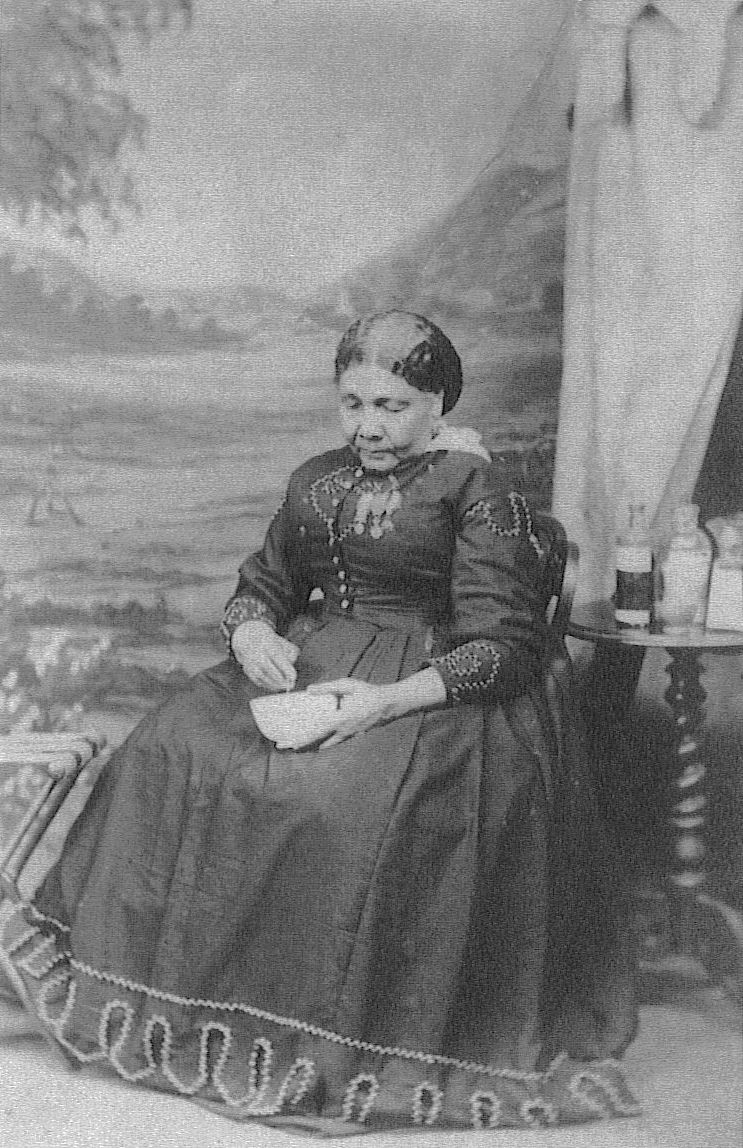
The only known photograph of Mary Seacole, taken for a carte de visite by Maull & Company in London (c. 1873)
Later, in her will, she claimed that her husband was Nelson’s ‘godson’ who gave him a diamond ring which Mary kept until the end of her life, even though she fell on hard times after the Crimea, and bequeathed to one of her supporters, Count Gleichen.[4] In which case, one wonders whether Nelson also attended the christening at St Mary’s himself.
At the time, Mary Seacole’s celebrity rivalled Florence Nightingale’s but she soon fell into obscurity, that is, until recently. Although many have pointed out that she was never a ‘nurse’ in the sense that Florence Nightingale undoubtedly was, members from The Royal College of Nursing attended the dedication in July 2014 of the site in front of St Thomas’s Hospital where a memorial statue is to be erected to her, due for completion this summer (2015).
[1] Bowman, Karen (2010). Essex girls. Stroud: Amberley Publishing.
[3] The wonderful adventures of Mrs Seacole in many lands, which has since become a Penguin Classic.
[4] Sara Salih, the editor of the Penguin Classics edition of Mary Seacole’s autobiography, as well as citing the will in her introduction, also refers to surviving records for her marriage to Edwin Seacole in Jamaica and the entry for Edwin Seacole’s baptism in the this register.

